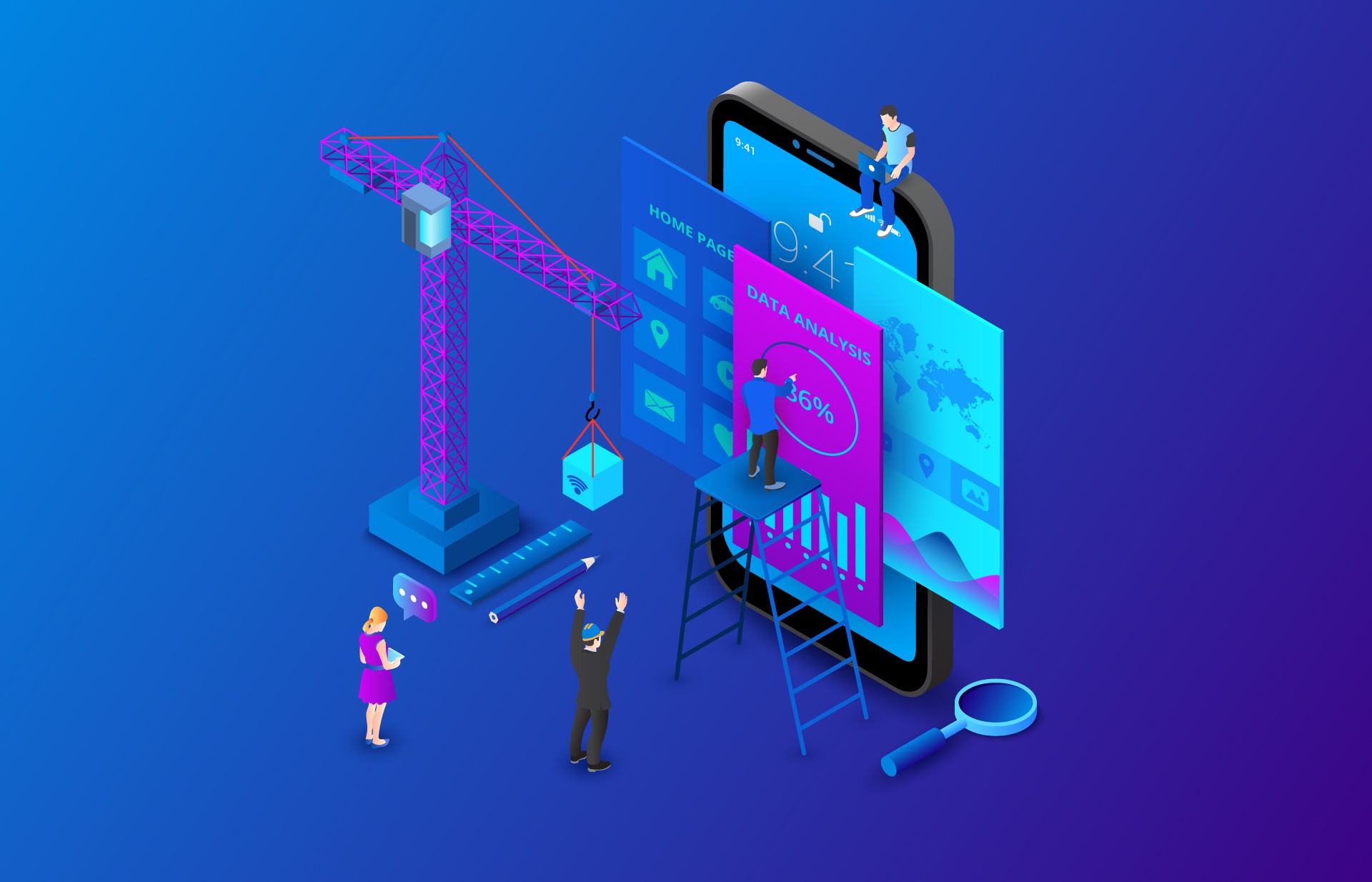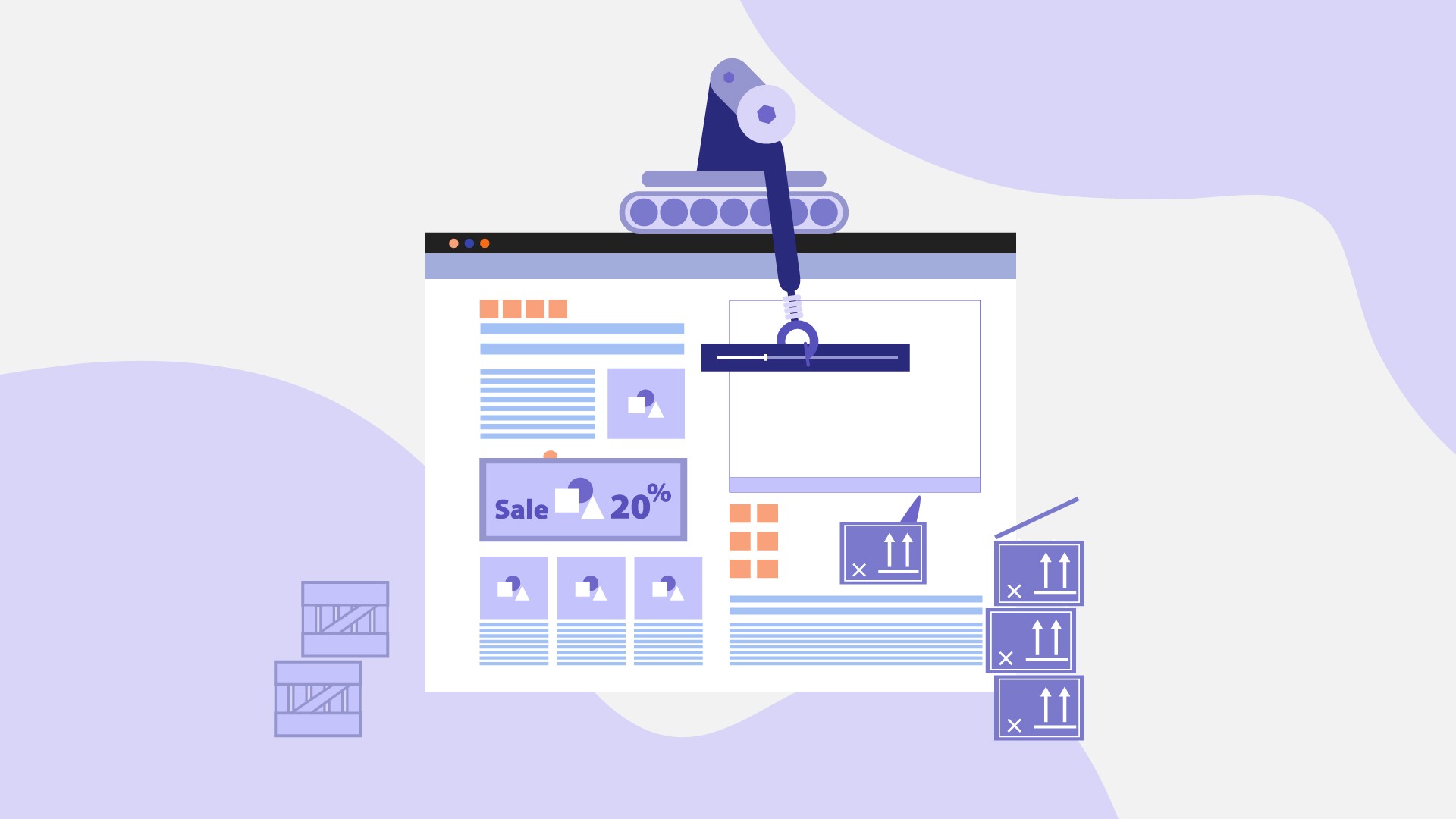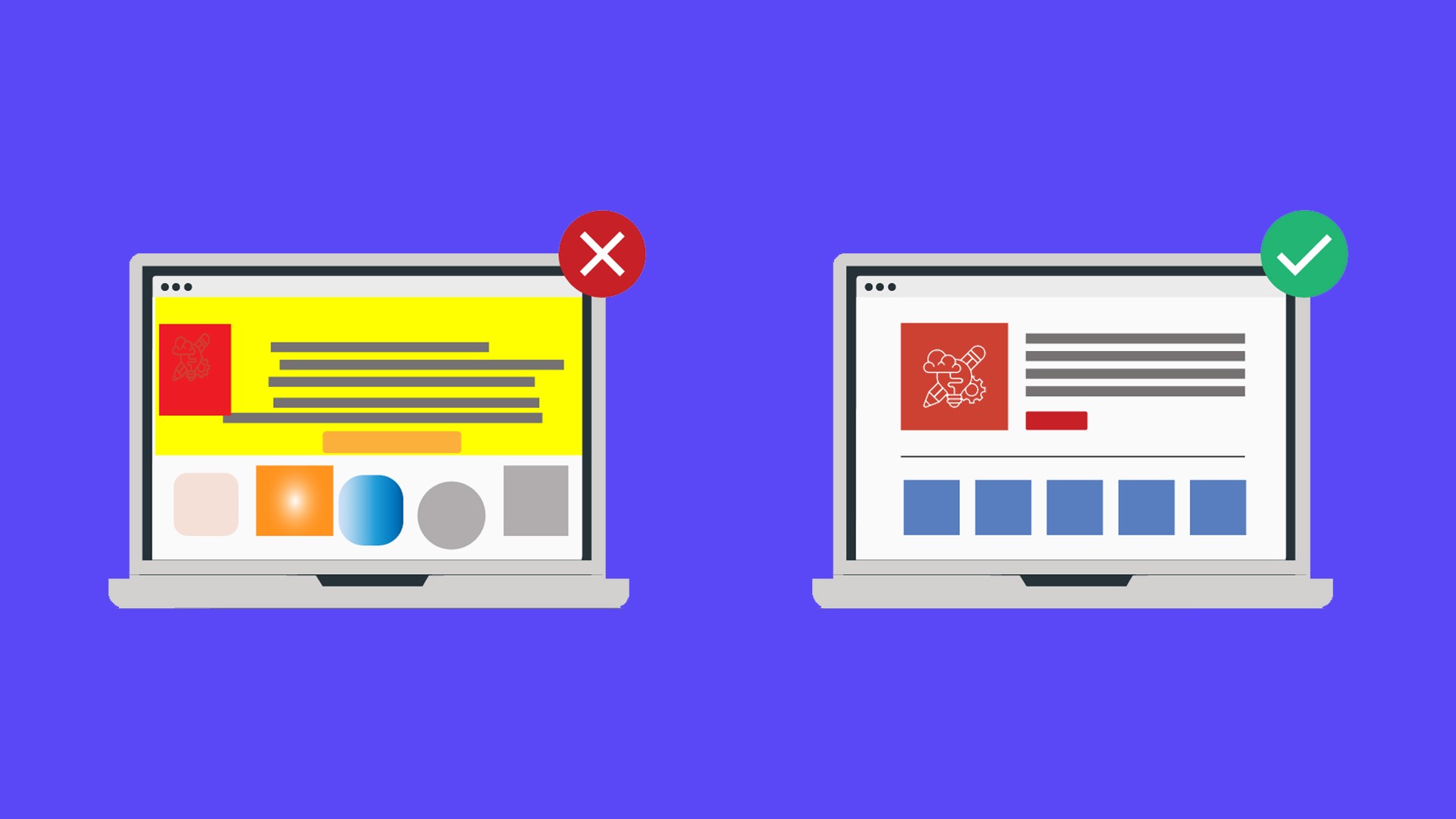In today's digital landscape, businesses face a crucial decision when establishing their value for consumers: should they invest in a mobile app, a web app, or both?
This comprehensive guide will help you understand the key differences, advantages, and considerations for each option to make an informed decision for your business.
Understanding the Basics: Mobile Apps vs Web Apps
Before diving into the comparison, let's clarify what we're talking about.
Mobile apps are native applications specifically designed and developed for mobile devices, downloaded and installed through app stores like Google Play or Apple's App Store. Popular examples include Instagram, Uber, and WhatsApp, which offer specialized experiences tailored to mobile devices.
Web apps, on the other hand, are responsive websites that function like applications but run through web browsers. They adapt to any device's screen size and don't require installation.
Examples like Google Docs, Trello, and Twitter's web version demonstrate how powerful web-based applications can be while maintaining accessibility across different platforms.

Key Factors to Consider
Development Costs and Time
The financial implications of app development can significantly impact your business decision.
Mobile apps typically require higher initial development costs, ranging from <$10,000 to $200,000 or more, depending on complexity.
This higher cost stems from the need for separate development for iOS and Android platforms, resulting in a longer development timeline of typically 4-6 months. Additionally, mobile apps require ongoing maintenance and regular updates to stay compatible with new device releases and operating system updates.
Web apps, conversely, often come with lower development costs, typically ranging anywhere from $1,000 to $100,000. Since a single development works across all platforms, businesses can save both time and money.
The development timeline is usually shorter, averaging 1-4 months, and maintenance is more straightforward since updates can be pushed directly to the server without requiring user action.
Mobile Apps
Higher initial development costs
Separate development needed for iOS and Android
Longer development timeline (4-6 months average)
Ongoing maintenance and updates required
Web Apps
Lower development costs
Single development works across all platforms
Shorter development timeline (1-4 months average)
Easier to maintain and update
User Experience and Features
When it comes to user experience, mobile apps often have the upper hand in terms of performance and speed.
They can access device features like the camera, GPS, and contacts, providing a more integrated experience. Mobile apps also excel in offline functionality and can deliver smoother animations and transitions.
The ability to send push notifications makes them particularly effective for user engagement and retention.
Web apps shine in their instant accessibility and automatic updates. Users can access them immediately without downloading anything, though they generally offer limited access to device features and slower performance compared to native apps.
While offline capabilities are limited, progressive web apps (PWAs) are bridging this gap by offering some offline functionality and app-like experiences through browsers.
Mobile Apps
Superior performance and speed
Full access to device features (camera, GPS, contacts)
Better offline functionality
Smoother animations and transitions
Push notifications capability
Web Apps
Instant accessibility without download
Automatic updates
Limited access to device features
Generally slower performance
Limited offline capabilities
Browser-dependent functionality
Market Reach and Accessibility
The reach of your application plays a crucial role in its success.
Mobile apps are limited to users who take the step to download them from app stores, and they're platform-specific to either iOS or Android. However, they benefit from better visibility through app store search and featured listings, though this comes with a higher barrier to entry for users.
Web apps offer instant accessibility to anyone with a browser, working seamlessly across all devices and platforms. They're easily shareable through URLs and have a lower barrier to entry since no download is required.
Web apps also typically perform better in search engine optimization (SEO), making them more discoverable through web searches.
Mobile Apps
Limited to users who download the app
Platform-specific reach (iOS or Android)
Better visibility through app stores
Higher barrier to entry for users
Web Apps
Instantly accessible to anyone with a browser
Works across all devices and platforms
Easy sharing through URLs
Lower barrier to entry
Better SEO potential

Real-World Success Stories
The success of Starbucks's mobile app demonstrates the power of native applications for customer engagement.
Their app processes over 25% of all US transactions, integrating mobile ordering, payments, loyalty program features, and store location services with real-time availability.
The app's ability to provide personalized offers and recommendations has transformed how customers interact with the brand.
On the other hand, Slack's web app presents a compelling case for browser-based applications.
It delivers powerful real-time communication features, comprehensive file sharing and search capabilities, and seamless integration with other web services, all while maintaining cross-platform accessibility.
This approach has helped Slack become a dominant force in business communication.
Making the Right Choice for Your Business
Your business type and specific needs should guide your decision.
Mobile apps are particularly well-suited for businesses requiring frequent user engagement, such as dating apps, social media platforms, fitness tracking, and gaming applications.
They're also ideal when you need access to device features for functions like camera-based applications, location-based services, payment processing, or augmented reality features.
Web apps are often the better choice for businesses focusing on content that needs regular updates, such as news websites, e-commerce platforms, and content management systems.
They're also ideal for information-based services, reference materials, and customer support portals, particularly when budget constraints are a concern.
The Hybrid Approach: Best of Both Worlds
Many successful businesses have found value in adopting a hybrid approach, combining the benefits of both mobile and web apps.
This strategy allows them to cater to different user preferences while testing market reception before making full investments. Companies like LinkedIn, Amazon, and Netflix exemplify this approach, providing seamless experiences across web and mobile platforms while leveraging the unique advantages of each.
Future Considerations and Emerging Technologies
The future of app development is being shaped by Progressive Web Apps (PWAs) and emerging technologies.
PWAs represent a middle ground, offering app-like experiences in browsers with features like offline functionality, push notifications, and home screen installation.
The advancement of technologies like 5G connectivity, WebAssembly, and AI integration continues to blur the lines between mobile and web apps.
Cost-Benefit Analysis
Mobile App Investment
Higher initial costs
Better user engagement
Higher potential for monetization
Better performance and features
Longer development cycle
Web App Investment
Lower initial costs
Broader reach
Faster deployment
Easier maintenance
Limited device features
Making Your Final Decision
The decision between mobile and web apps should be guided by your primary business objectives, target audience, budget constraints, and essential feature requirements.
Consider starting with a web app if you're testing the market or have budget constraints, then evolving to a mobile app or hybrid approach as your business grows and user needs become clearer.
Success isn't determined by the platform alone but by how well your solution addresses user needs and supports your business goals.
Focus on delivering value to your users while maintaining a sustainable development and maintenance strategy. Start by assessing your business requirements, researching similar businesses in your industry, and consulting with development teams about technical feasibility.
The digital landscape continues to evolve, and your choice today should position your business for future growth while meeting immediate needs.
Consider starting small with a focused solution and scaling based on user feedback and business results. Remember that the best choice is one that aligns with your business goals, meets user needs, and fits within your resource constraints.



